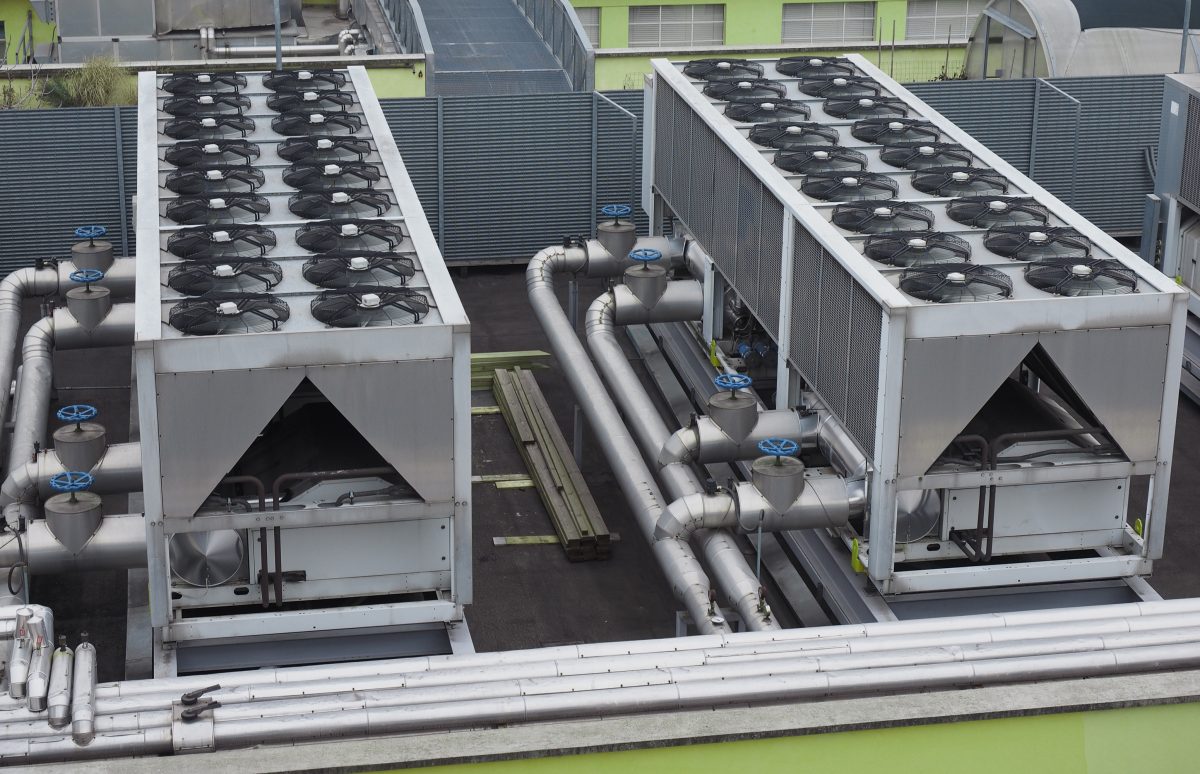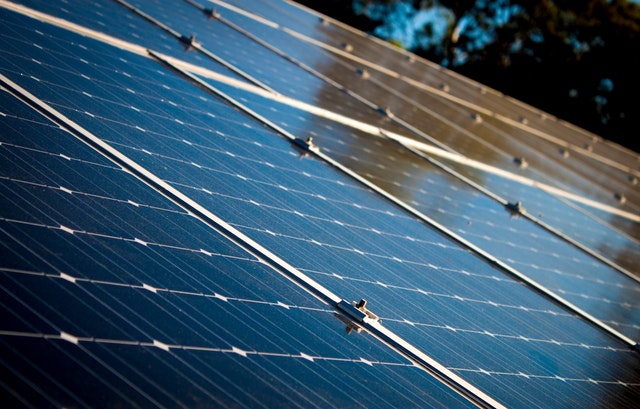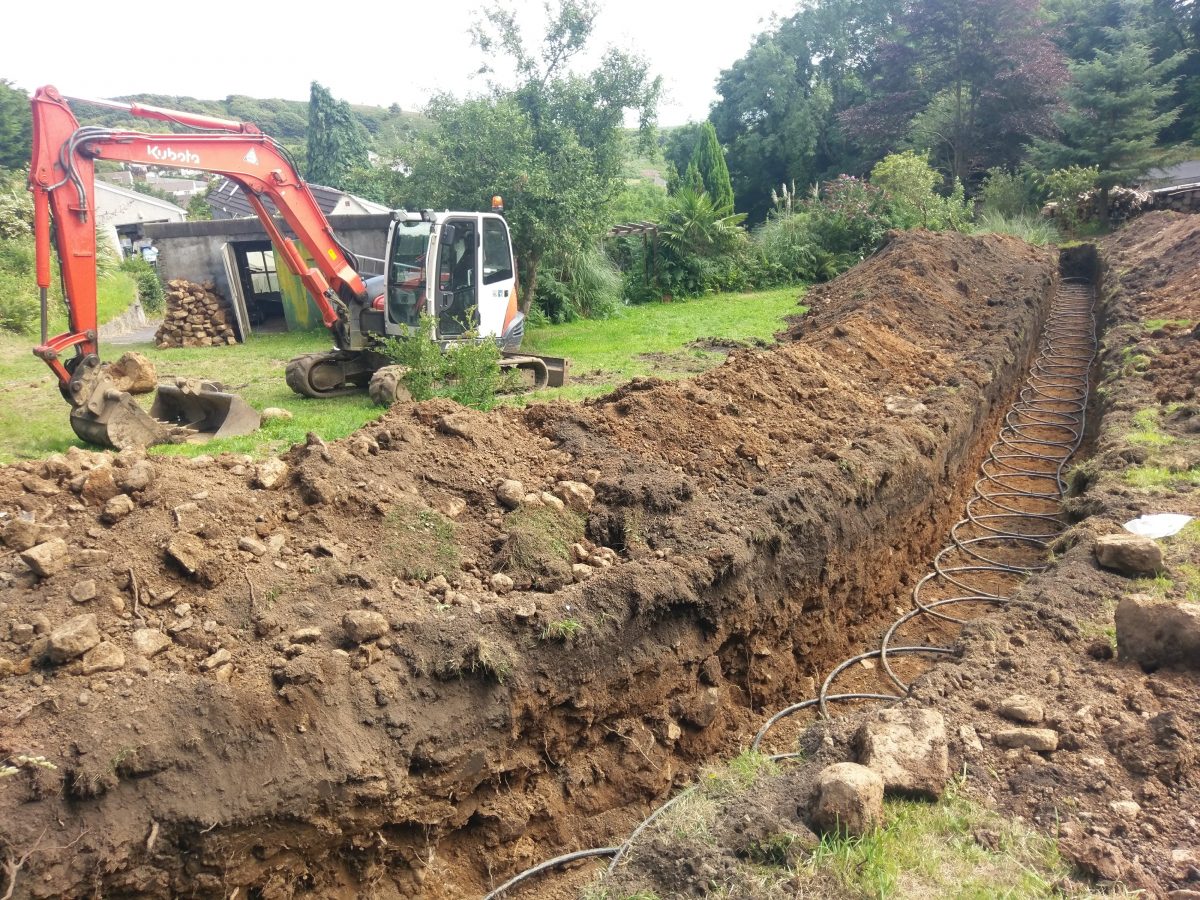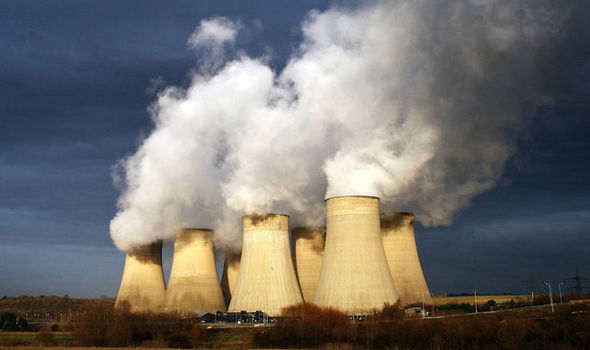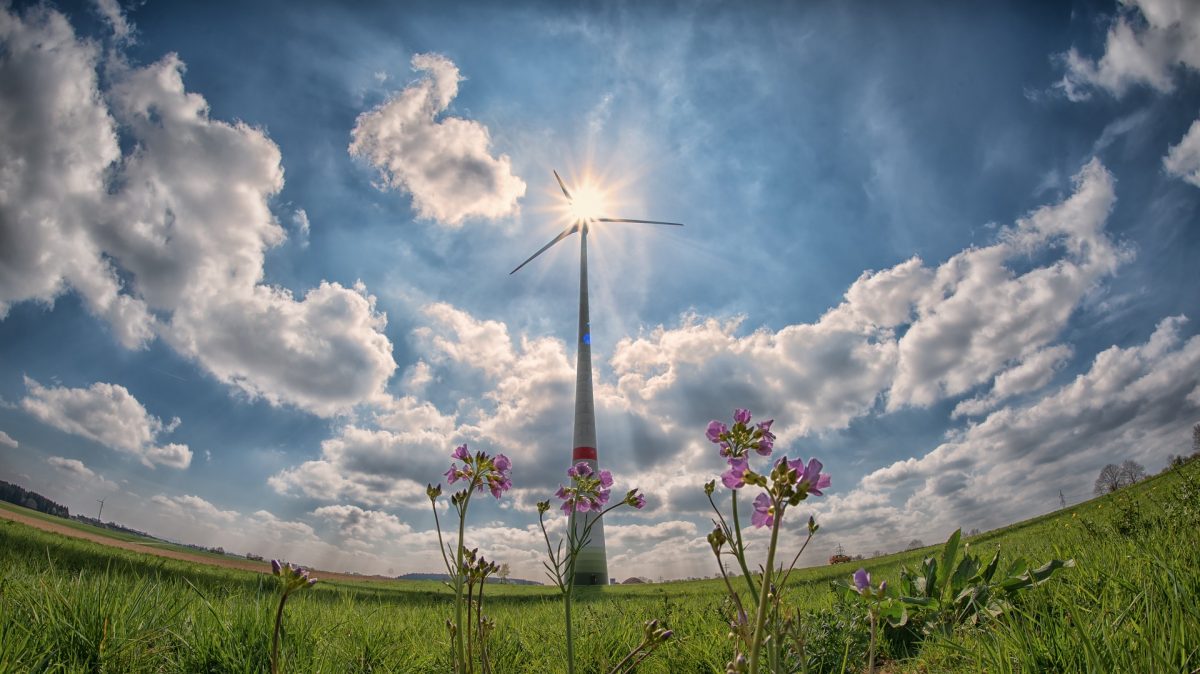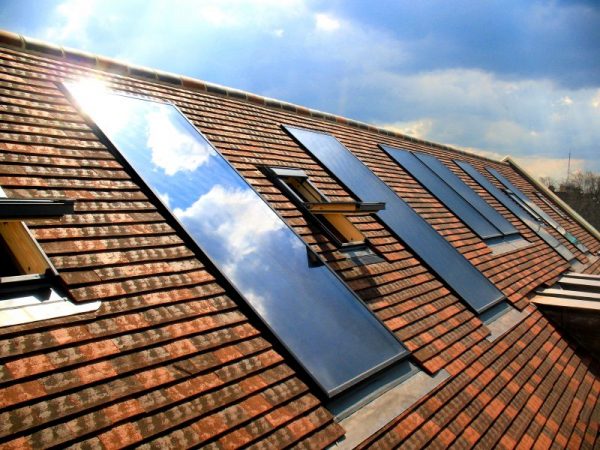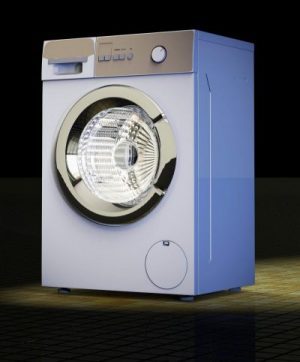The typical office environment can waste a substantial amount of energy, and it can generate considerable amounts of waste unnecessarily. The reality is that you and your team could make a few smart changes that could have a dramatic and beneficial impact on the environment. If you are looking for smart ways to improve your office, these are a few green ideas that you can consider implementing soon.
Invest in Solar Energy
Between your computers, printers, copiers and other equipment, you may spend a small fortune each month on electricity costs. Lighting, HVAC usage, and other factors can further increase energy consumption. Rather than draw energy from non-renewable resources that generate considerable amounts of pollution, you could be drawing green energy from the sun. Many businesses have already installed solar panels to their building to offset at least a partial amount of their energy consumption, and this is a great solution for you to look into as well.
Upgrade Your Lights
Regardless of whether your facility uses green energy or not, it makes sense to upgrade your lighting to LED lights. These are more energy efficient, and they last longer. Because they do not need to be replaced as frequently, you can eliminate unnecessary waste in the landfills as well as waste associated with manufacturing light bulbs. This is a simple step that can have a considerable impact on the health of the environment.
Complete an Energy Audit
It can be difficult to determine which areas in your office consume the most energy. However, these energy-guzzling areas should be focal points for your conservation efforts. Through an office energy audit, you can identify which features are wasting energy unnecessarily, and you can take appropriate steps. For example, if you determine that your old HVAC or refrigerator in the break room are consuming a substantial amount of energy, replacing these items with newer and more energy-efficient models makes sense.
Allow Telecommuting
Your company’s policy on telecommuting may also affect how green your business is. Regardless of whether you have a team of educated individuals with online business degrees or you have a team of data entry specialists, their commute into the office and back home again uses non-renewable energy and causes pollution. When you allow telecommuting at least a few days each week, you can dramatically reduce this type of waste and pollution.
Donate Unnecessary Furnishings and Equipment
All businesses will need to get rid of equipment, computers, furnishings and more at some point. When the time comes to do spring cleaning around the office, consider donating or even selling items that are still in good condition. Doing so will stretch their useful life and may prevent objects from finding their way into a landfill.
Encourage Recycling
Another critical step to take if you are concerned about your company’s impact on the environment is to encourage recycling. For example, you can set up recycling trash cans around the office, and these receptacles can collect paper, aluminum cans and other recyclables that may be picked up by your city’s waste management department or taken to a local recycling center. Remember that many other items may be recycled as well, such as ink cartridges for the printers and toner cartridges for the copiers.
Most businesses can take at least a few steps to improve their impact on the environment in different ways. Analyze your current operation with these tips in mind. If you identify areas that could be improved, focus your attention on implementing beneficial change in your office. By doing so, you can make lasting changes that have a significant impact on the environment in the years to come.




